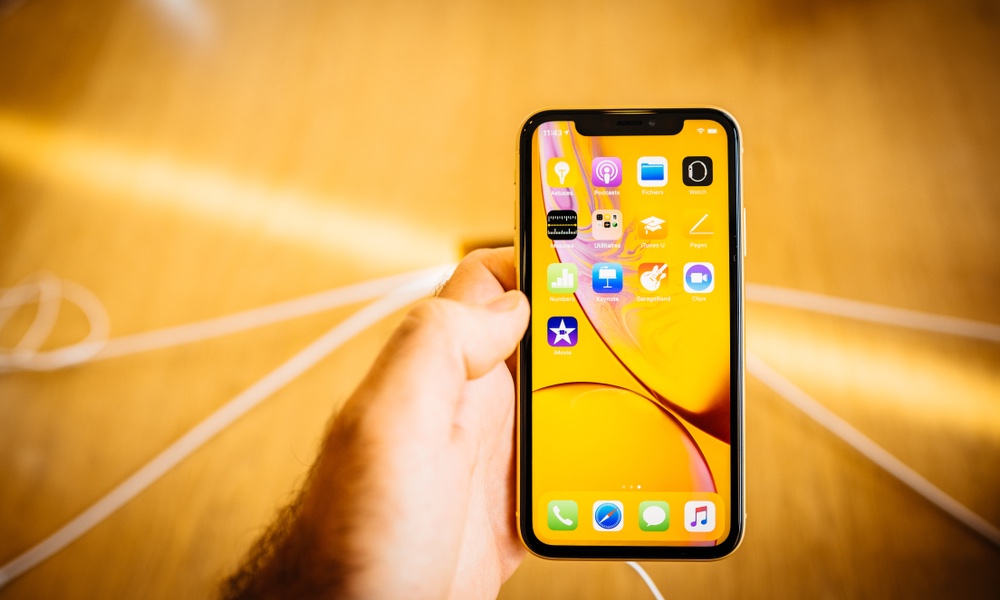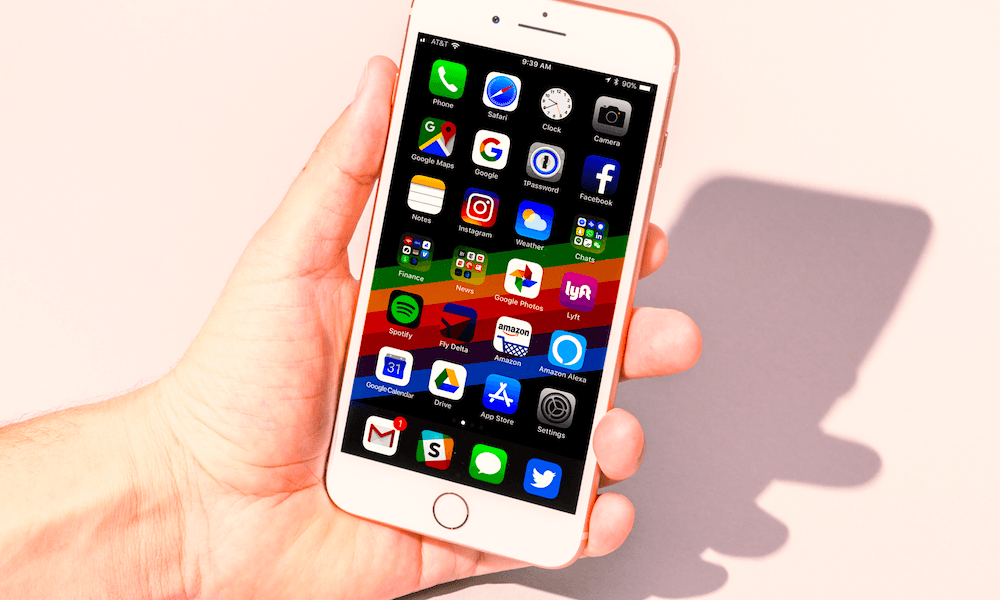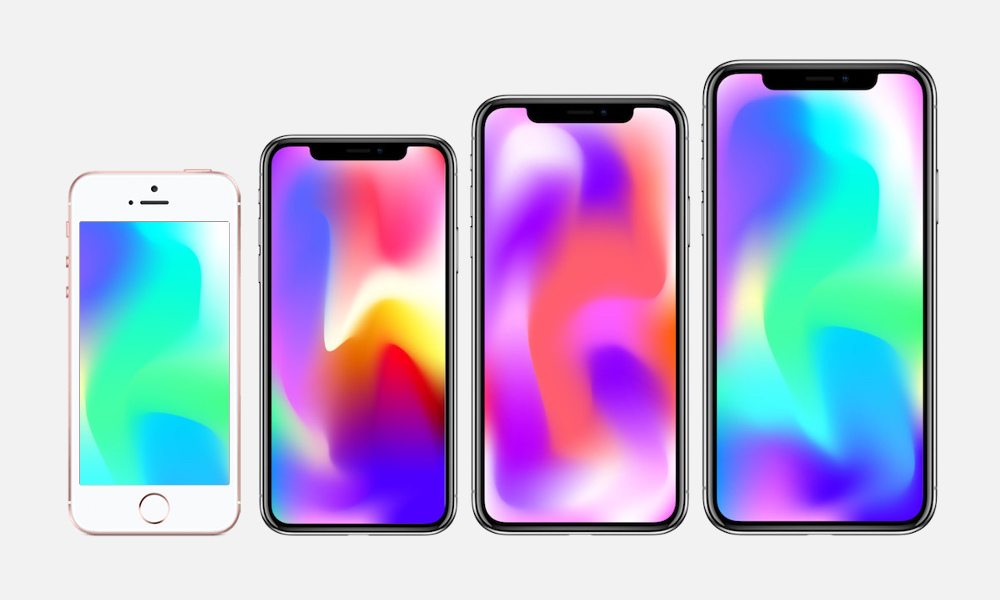Apple’s ‘Best Selling’ iPhone Isn’t Catching on with Consumers – Here’s Why
 Credit: Hadrian / Shutterstock
Credit: Hadrian / ShutterstockToggle Dark Mode
While Apple’s 2018 iPhone models all boast cutting-edge technology and all-screen designs, in the run-up to their September 12 unveiling, it was arguably the iPhone XR which not only received the most positive, pre-launch publicity, but was even projected by some well-connected analysts to [potentially] be the company’s best-selling iPhone in years.
With its head-turning edge-to-edge form-factor, large 6.1-inch Liquid Retina Display, Apple’s most powerful A12 Bionic CPU, Face ID security and more — all packed into a comparatively, very affordable package — there’s plenty of reason to believe that Apple had a winner on its hands.
Pre-order activity (along with an overall positive reception to the handset from its earliest reviewers) seemingly confirmed that much: Apple’s “mid-range” (yet highly-advanced) iPhone XR was off to great start…
Apple says the iPhone XR is its “best selling iPhone” but without any context regarding that claim, as well as a barrage of incoming reports and analyst updates stating otherwise, it seems that Apple’s hotly-anticipated iPhone XR might not be so hot, after all.
So What Happened?
According to some reports, Apple has already instructed its Far East iPhone assembly partners, Foxconn and Pegatron, to slash production of the handset by “tens of millions” of units (at least through the end of the year).
Not for nothing, but Apple’s stock (NASDAQ; AAPL) has also taken a major beating amid the influx of dismal reports, with shares down roughly 20 percent, for the month, as of the closing bell on Wednesday afternoon.
While it’s certainly not helpful to jump to conclusions about what could be happening with the iPhone XR, Apple has seemingly complicated matters both for analysts and investors, alike, by announcing it will no longer reveal key iPhone sales data during its quarterly earnings calls.
Nevertheless, Cupertino appears more motivated now than ever to sell iPhone XR devices — even if it means giving would-be buyers up-to an additional $100 to sweeten the pot.
Sadly, while the generous incentive might actually be enough to sway some “buyers on the fence,” the issue Apple appears to be facing with its fledgling flagship might be more self-inflicted.
Enter to win an iPhone XR from iDrop News here.
What Are Upgraders Buying Instead?
For the purpose of this report, I spoke with two close relatives who confirmed they “upgraded” to a new iPhone this year — both within the last 60-days — to gouge a better idea of what motivated them.
First and foremost, despite all the fancy new Face ID-equipped offerings (including the more affordable iPhone XR), both opted to pick up last year’s iPhone 8 on a two-year installment plan through their wireless carrier.

Still available for as low as $599, Apple’s iPhone 8 (and 8 Plus) are poised to go down as the “final frontier” of Apple’s legacy iPhone form-factor with palpable Home button and Touch ID security.
There are, of course, hallmark features, which the majority of [particularly Baby Boomer and Generation X constituents] have grown accustomed to.
When asked what motivated them to purchase the year-old iPhone 8 despite its more formidable and beautifully-designed successors, both pointed not only to the cheaper buy-in price of $599, but also their preference for what my dear aunt lauded, word for word, as the “circular button that vibrates and reads your fingerprint when you touch it.”
Of course, their’s are just two, lone opinions in a sea of potentially millions of iPhone buyers who’ve upgraded this year — be it a newer, ritzier model like the XS, XS Max or XR, or to an older, more recognizable model like the iPhone 8.
Based on the latest reporting we have to go from, my relatives might not be so alone in their sentiments. In fact, they might actually be among the ‘majority of consumers’ who appear to be snapping-up these legacy models in lieu of the flashier, X-series offerings.
Unfortunately, as we mentioned before, it’s now going to become a challenge for analysts to determine exactly how many of each iPhone model Apple sold — especially, not only considering their newfound tight-lipped policy, but also the fact that there are simply more options to choose from than ever before.
And it appears that’s actually the biggest problem here.. By making so many differently-priced options available to potential upgraders — the majority of whom, like myself, are probably just trying to make ends meet and save whatever spare money they can — Apple may have done collateral damage by cannibalizing its own product line.

Other factors — like the overall downward trend we see taking place in the high-end smartphone market, coupled also with growing consumer disdain over the rising cost of new hardware — are also likely to be playing into consumer’s decisions to either stick with their current iPhone, or upgrade to the least-expensive option, if absolutely necessary.
It’s clear from the latest reporting, as matters pertain to Apple’s near- and longer-term outlook, that even the company might be skeptical of what to expect from its earnings call scheduled for the end of January, 2019.






